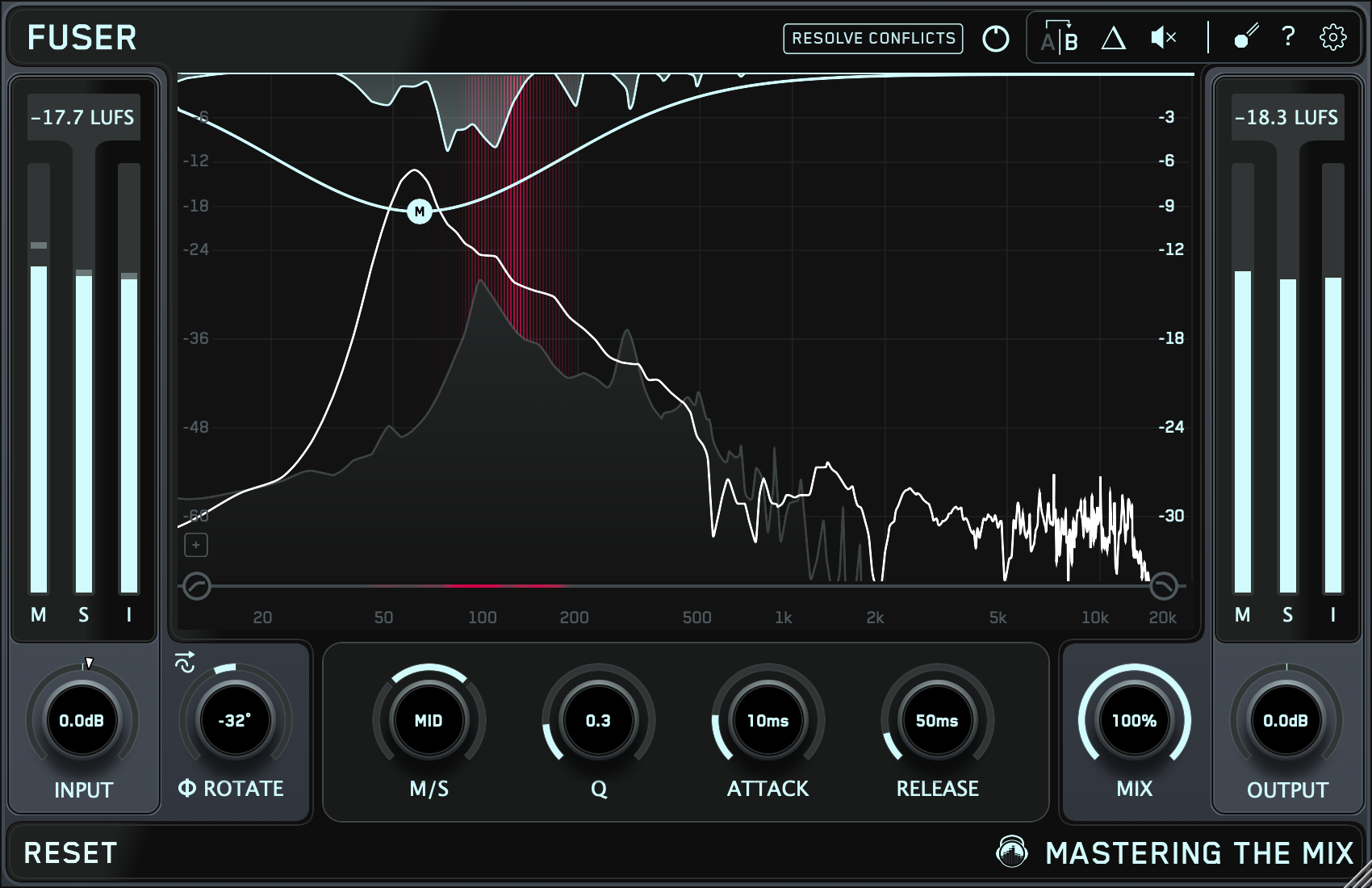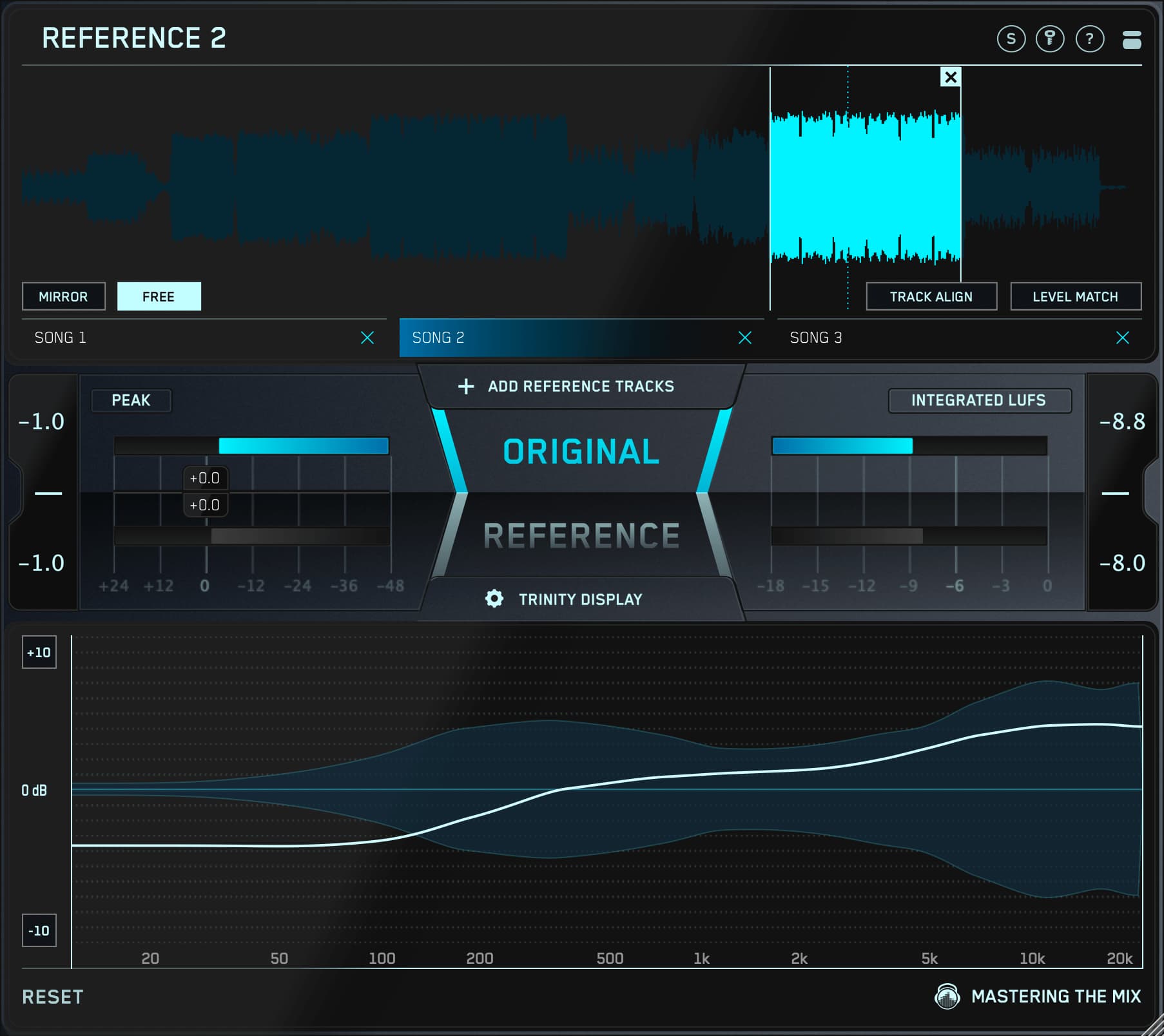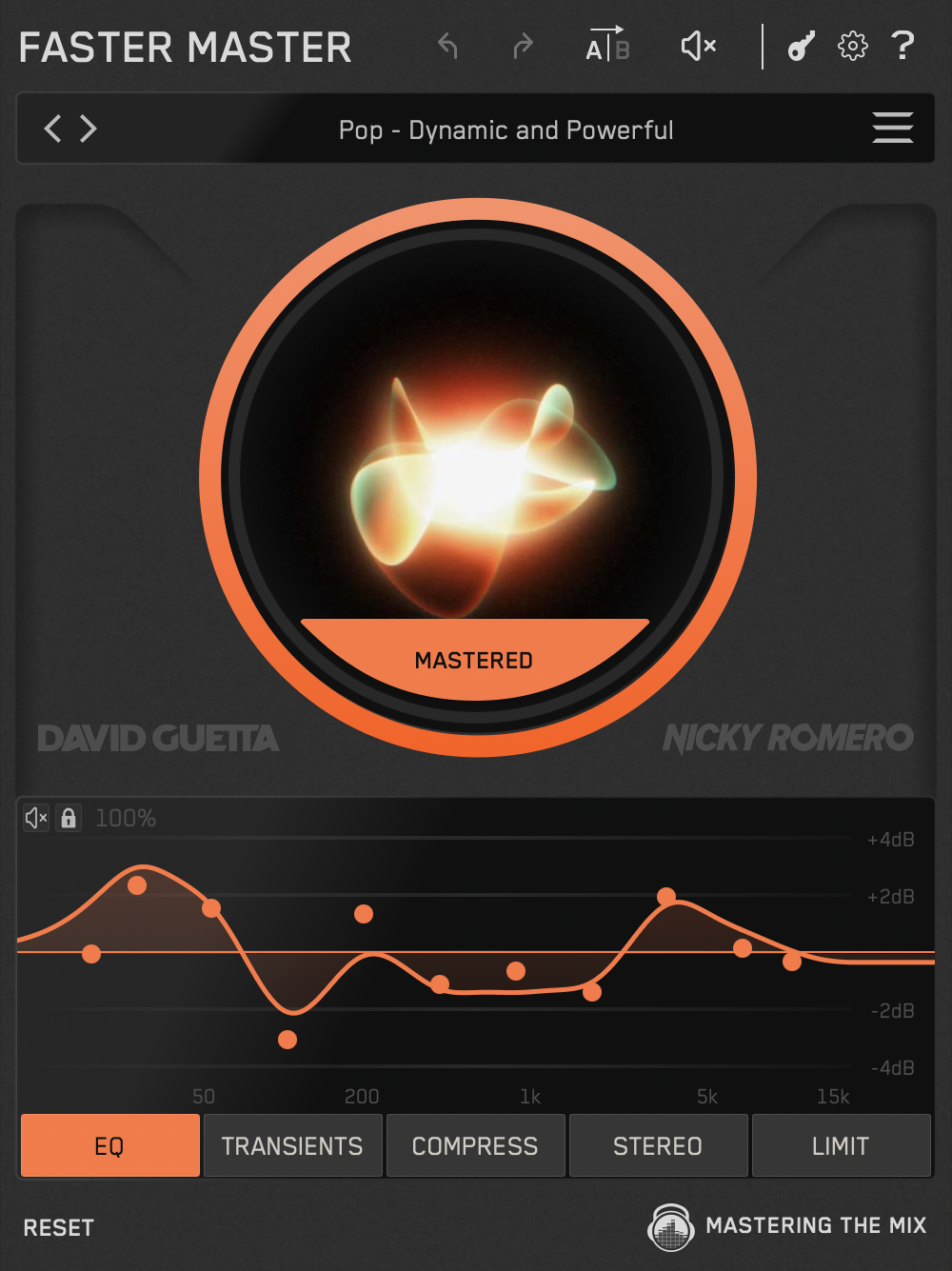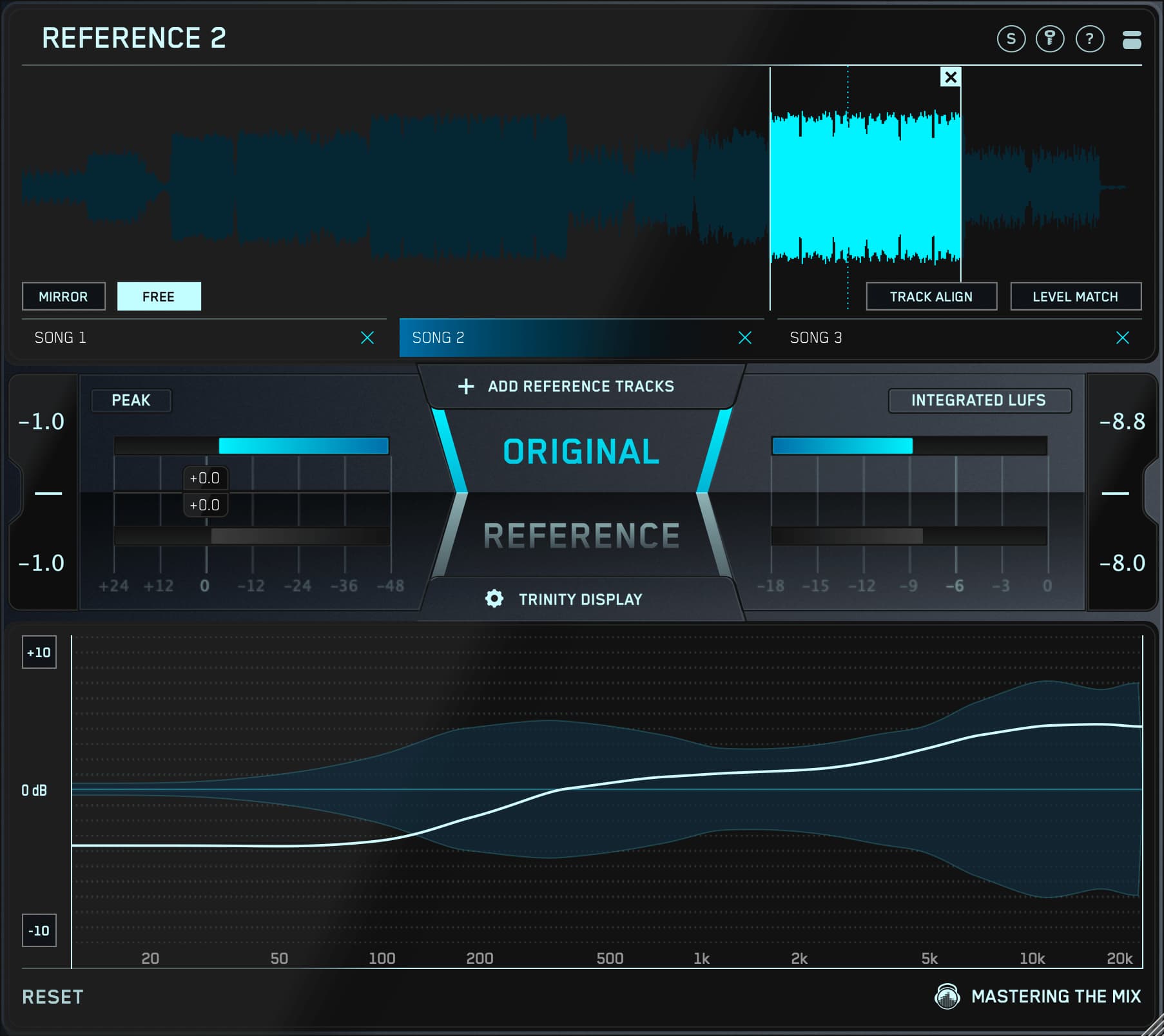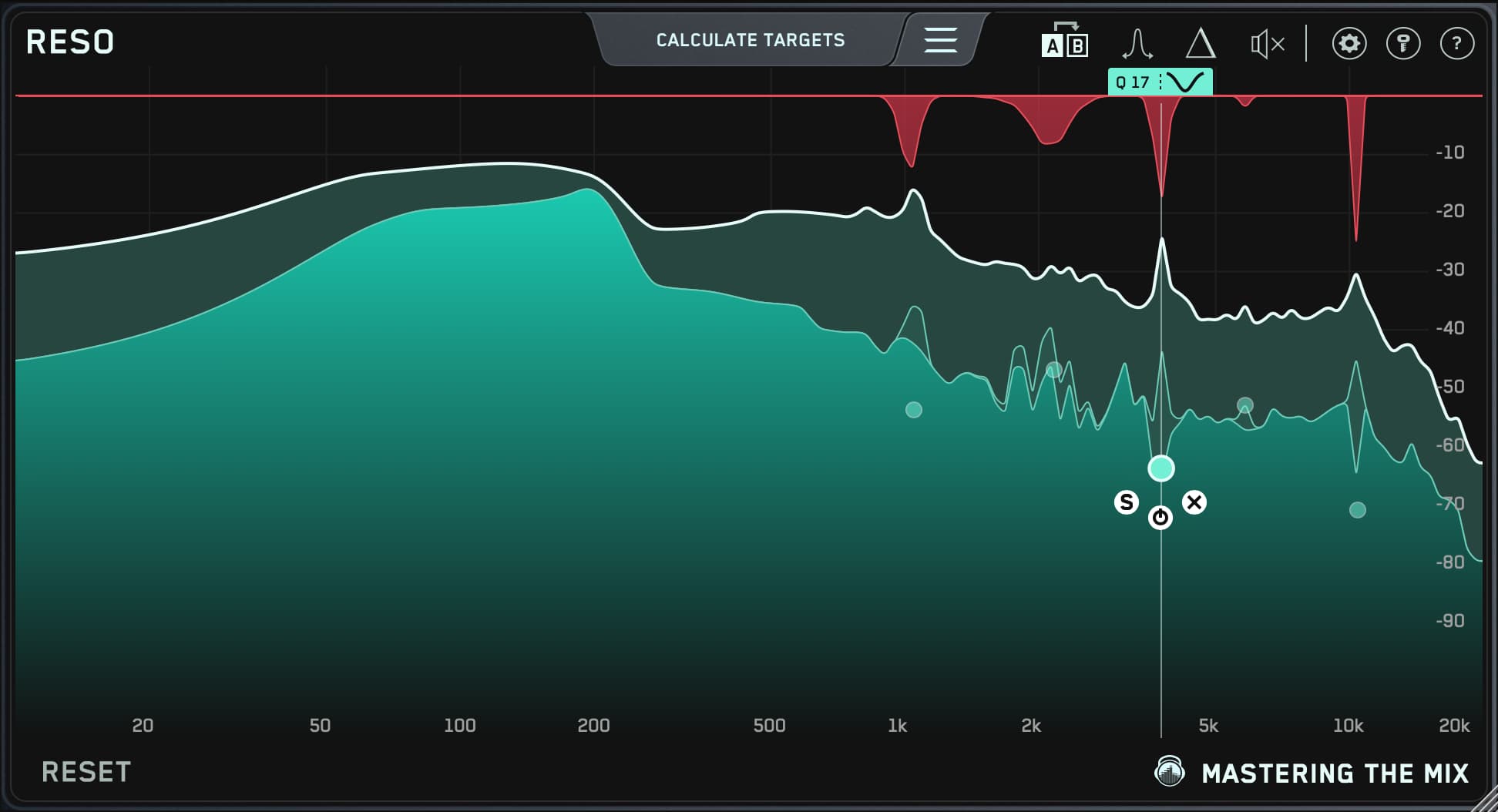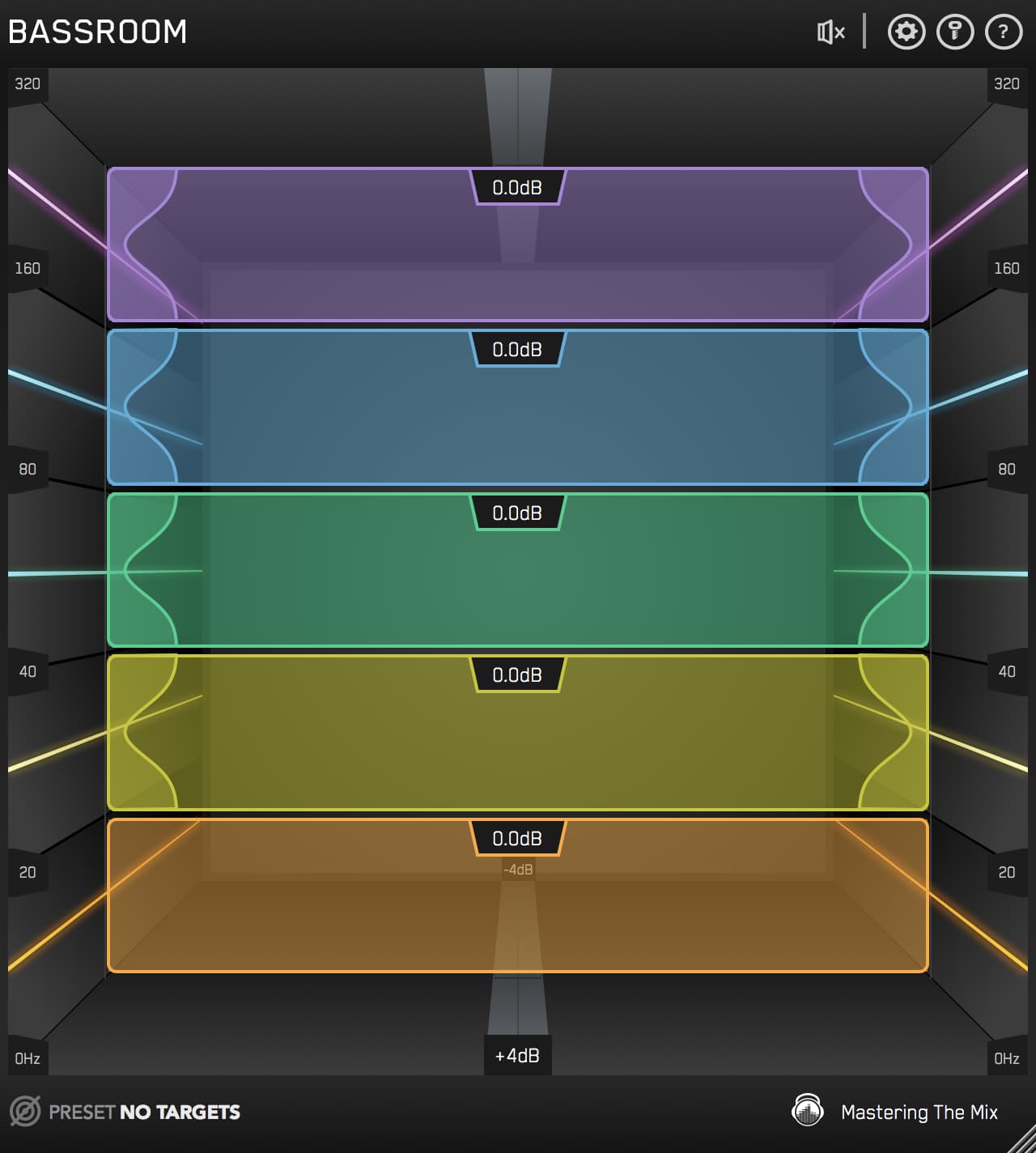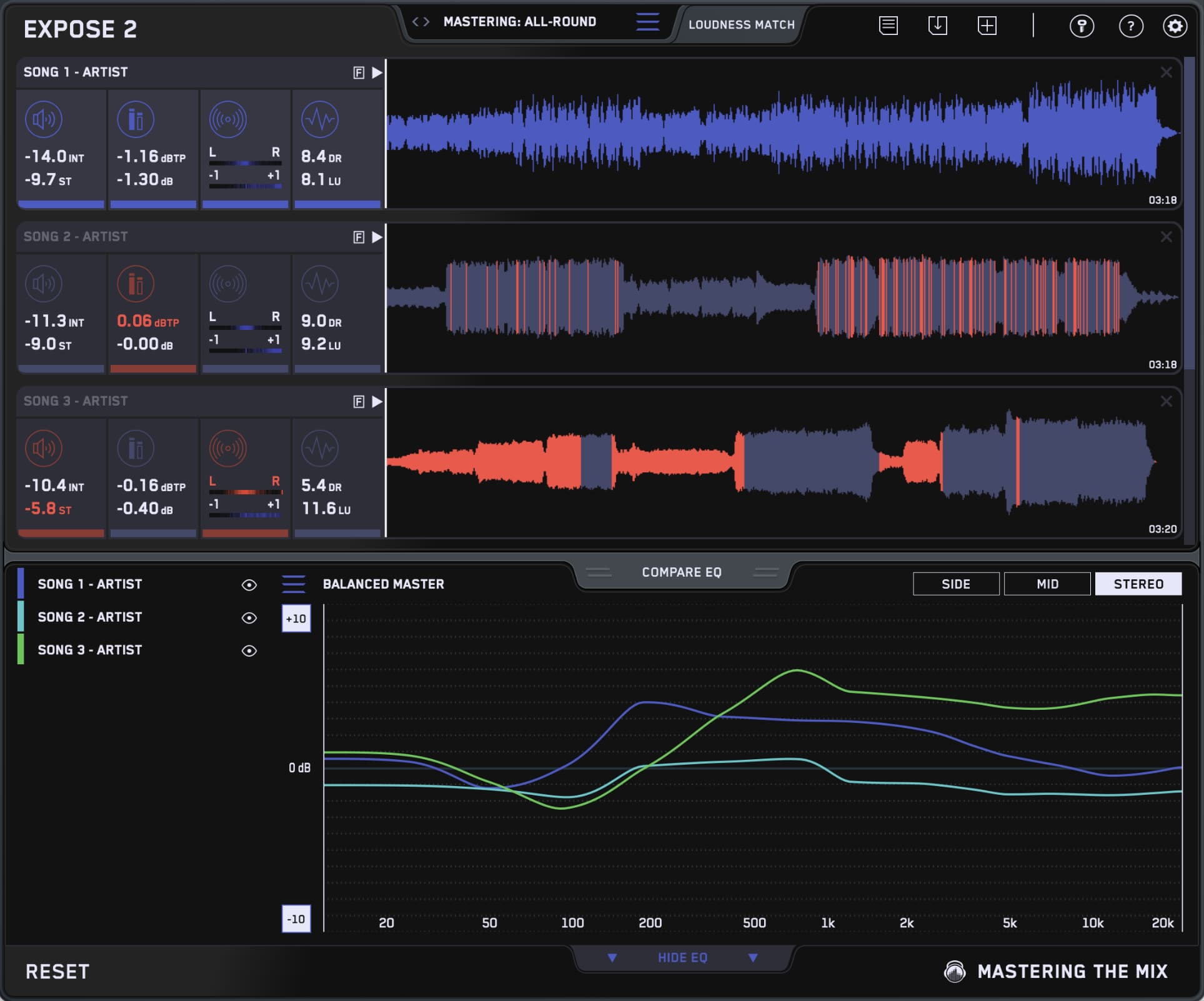In the intricate art of music production, mastering is the final touch that transforms a good mix into a great track. This critical phase ensures a song's readiness for diverse listening environments and formats. Central to this process is the art of compression, a mastering tool that shapes a track's dynamic range, enhancing its rhythm, punch, and warmth.
Mastering is a delicate balance of technical skill and creative intuition. Among the various tools in a mastering engineer's arsenal, the compressor is particularly crucial. It not only controls volume but also contributes to the overall feel and character of the music. However, compression can be a double-edged sword. When misapplied, it risks dulling a track's dynamics and emotional impact, underscoring the importance of a mastering engineer's expertise.
In this blog post, we embark on a journey to explore the world of compression in mastering. We'll delve into different compressor types, their unique sonic signatures, and critical settings such as threshold, ratio, attack, release, and knee. Our aim is to demystify this powerful tool, offering insights and practical guidance for mastering engineers of all levels. Whether you're beginning your mastering journey or looking to refine your techniques, this guide will illuminate the nuanced art of mastering compression.

The Role of Compression in Mastering
Basics of Compression
Compression, in its most fundamental form, is the art of dynamic range control. It's a process that moderates the disparity between the loudest and quietest parts of an audio track. In mastering, this translates to a more consistent overall level, ensuring that a song can stand alongside others without drastic volume differences.
A compressor works by reducing the level of audio signals that exceed a certain threshold. This threshold is set by the engineer and is the point at which the compressor starts to act. Once the signal crosses this threshold, the compressor reduces its level based on a set ratio. For example, a 4:1 ratio means that for every 4 dB the signal goes over the threshold, it's reduced to 1 dB over the threshold. This process effectively narrows the dynamic range, making the loud parts quieter and allowing the overall level of the track to be increased without peaking.
However, compressors do more than just level management; they influence the tone and feel of the music. Fast attack times can emphasize the rhythm and add punch, while slower attack times preserve the natural transients, maintaining the life and energy of the music. The release time, or how quickly the compressor stops reducing the signal after it falls below the threshold, also plays a crucial role. It can either smooth out the sound or create a more pronounced rhythmic effect.
The key in mastering is to use compression subtly. It’s not about squashing the life out of a track but gently taming the dynamics to create a cohesive, listenable, and engaging final product that translates well across various playback systems.

Common Misunderstandings
One of the most common misconceptions about compression in mastering is that it's primarily used to make tracks louder. While compression does help in increasing perceived loudness, its primary role is to balance and enhance the track's dynamics without compromising its natural feel. Overcompression, a frequent pitfall, occurs when the dynamics are excessively restricted, leading to a lifeless and flat sound, often described as “squashed.” This not only robs the music of its emotional impact but can also lead to listener fatigue.
Another misunderstanding is the idea that one-size-fits-all when it comes to compressor settings. Each track has its unique dynamic characteristics, requiring tailored compression settings. What works for a rock anthem might not suit a delicate acoustic piece. It’s about understanding the nuances of the track and applying compression in a way that enhances rather than detracts from the music.
Lastly, there's a tendency to overlook the type of compressor used. Different compressors – VCA, Opto, FET, and more – each impart their character to the sound. Choosing the right compressor for the track’s style and desired outcome is as crucial as the settings themselves.
In mastering, compression is a tool of finesse and balance. It requires a deep understanding of both the technical aspects and the musical context. When used judiciously, it can elevate a track from good to great, ensuring that it not only sounds polished but retains the dynamic expression that gives the music its life and energy.

Types of Compressors and Their Characteristics
In mastering, the choice of compressor is critical, as each type imparts its unique character to the sound. Understanding these differences is key to selecting the right compressor for a given track.

Varieties of Compressors
VCA (Voltage Controlled Amplifier)
VCA compressors are known for their precision and versatility. They offer a wide range of attack and release settings, making them suitable for a variety of audio material. VCA compressors are often favored for their transparency and ability to handle complex material without significantly coloring the sound. They are adept at providing a controlled, even compression, making them a popular choice for mastering engineers who require precise dynamic control.
Opto (Optical)
Opto compressors are characterized by their smooth and musical compression. They use a light-sensitive element to control the gain reduction, resulting in a slower response compared to VCA compressors. This slower response lends itself to a more natural and gentle compression, often described as "musical." Opto compressors are excellent for adding warmth and glue to a mix without being overly aggressive, making them ideal for mastering applications where subtlety and musicality are paramount.
FET (Field Effect Transistor)
FET compressors are celebrated for their aggressive and punchy character. They emulate the sound of classic tube compressors, offering a colorful and lively compression that can add a sense of excitement and energy to a track. However, their aggressive nature and distinct coloration can make them less suitable for some mastering applications, where transparency and subtlety are desired.
Opto Circuit in Mastering
In mastering, Opto compressors occupy a special place. Their hallmark is a slower, more gradual gain reduction, which closely follows the natural dynamics of the music. This characteristic creates a 'pumping' effect, a rhythmic expansion, and contraction of the audio signal that can add a pleasing, organic feel to the music.
Opto compressors are particularly effective in genres where preserving the natural dynamics and feel of the music is essential, such as acoustic, jazz, or classical. They add a subtle thickness and warmth to the track, enhancing the overall sonic texture without imposing an aggressive compression signature.
Furthermore, the gentle nature of Opto compression makes it a go-to choice for tracks that require a delicate touch. It can unify the elements of a mix, creating a cohesive and polished final product without sacrificing the track's dynamic expression.
In summary, the choice of compressor in mastering is a critical decision that can significantly impact the final sound. VCA, Opto, and FET compressors each offer distinct characteristics, and understanding these can guide mastering engineers in choosing the right tool for the track at hand. Opto compressors, in particular, stand out for their ability to impart a musical, organic feel to the music, making them a favored choice for a wide range of mastering applications.

Understanding Compression Settings
Mastering compression is a delicate balance of art and science. The correct settings can enhance a track’s dynamics, clarity, and energy, while incorrect settings can compromise its integrity. Key to mastering this tool is understanding its fundamental settings: threshold, ratio, attack, release, and knee.
Threshold
The threshold in a compressor determines the level at which compression begins to take effect. It is the point at which the compressor starts to reduce the gain of any signal exceeding it. Setting the threshold correctly is crucial for effective compression.

In mastering, a threshold set too high might result in negligible compression, failing to bring the desired consistency in dynamics. Conversely, a threshold set too low can lead to over-compression, squashing the track’s natural dynamics.
For example, in a track where the peaks are sporadic but significantly louder than the rest of the material, a lower threshold may be necessary to ensure these peaks are controlled. However, in a more consistently loud track, a higher threshold allows for the maintenance of natural dynamics while still taming the overall loudness.
Ratio
The ratio determines how much compression is applied once the signal exceeds the threshold. It is expressed as a ratio of input level to output level (e.g., 4:1, meaning that for every 4 dB above the threshold, the output is reduced to 1 dB above the threshold).

In mastering, a high ratio can be too aggressive, leading to an unnatural sound. A ratio of 2:1 might be suitable for light compression, gently reducing dynamic range while maintaining a natural sound. For more pronounced compression, a ratio of 4:1 can be used, but it should be applied cautiously to avoid over-compression.
For instance, in a rock song with a wide dynamic range, a moderate ratio (around 3:1) might be used to achieve a punchier sound without losing the track's raw energy. In contrast, a classical piece, which typically requires minimal intervention, might only need a light ratio (such as 1.5:1) to subtly control the dynamics.
Attack and Release
The attack time determines how quickly the compressor reacts to a signal exceeding the threshold. A fast attack time (measured in milliseconds) can clamp down on transients quickly, which might be desirable in a track with sharp, aggressive transients. However, too fast an attack can flatten the dynamics, stripping the life from the music. A slower attack, on the other hand, allows more of the transient to pass through uncompressed, maintaining the track's natural dynamics and feel.
For example, a fast attack (around 1-5 ms) might be used in a dance track to control sharp percussive elements, while a slower attack (perhaps 30-50 ms) could be better for a vocal-centric pop song to maintain the naturalness of the vocals.

Release time, conversely, is how quickly the compressor stops reducing the gain after the signal falls below the threshold. A fast release can restore dynamics quickly but might cause the compression to sound more apparent or ‘pumpy.’ A slow release smooths out the gain reduction but can also make the compression sound more sustained and less natural.

In mastering, setting the release time often involves finding a balance that complements the tempo and rhythm of the track. For example, a faster release might be suitable for a fast-paced electronic track to maintain its energetic feel, while a slower release could be more appropriate for a ballad to smoothly handle its dynamic ebbs and flows.
Knee
The knee setting controls how the compressor transitions from no compression to the set ratio as the signal approaches the threshold. A hard knee means that compression is applied abruptly as soon as the signal exceeds the threshold. This can result in a more aggressive and noticeable compression effect. A soft knee, however, introduces compression more gradually, starting slightly below the threshold and becoming more aggressive as the signal increases. This results in a more subtle and transparent compression.

In mastering, a soft knee is often preferred as it can provide a more natural-sounding compression. For instance, when mastering a jazz track, a soft knee would smoothly manage the dynamic range without imposing an overly processed sound. However, in genres like EDM or rock, where a more aggressive compression might be desired, a harder knee could be used to add punch and presence.
In conclusion, understanding and correctly setting the threshold, ratio, attack, release, and knee is crucial in mastering compression. Each setting plays a vital role in shaping the dynamics and overall feel of the track. Mastering engineers must carefully consider these settings, often experimenting and adjusting to find the perfect balance for each individual track. With skillful application, compression can enhance a track’s impact, ensuring it resonates with its intended audience.
Practical Compression Techniques in Mastering
Balancing Dynamics
Mastering often involves working with tracks that have large dynamic variations. The goal is to achieve a balance that allows quieter sections to be heard clearly without letting louder sections dominate excessively.
- Gradual Layering: Begin with light compression (low ratio, high threshold) and gradually intensify if needed. Utilize Mastering The Mix's LEVELS to monitor the dynamic range, ensuring that the compression is effective but not excessive.
- Parallel Compression: Blend a compressed version of the track with the original. This technique maintains the natural dynamics while bringing up the level of quieter parts.
- Multi-band Compression: Use this to control dynamics differently across various frequency ranges. It’s particularly useful when different parts of the frequency spectrum vary widely in dynamics.

Adding Character vs. Controlling Dynamics
Compression in mastering can serve two primary purposes: adding character to the sound or controlling dynamics. The approach varies significantly based on the objective.
Adding Character: Choose a compressor known for its sonic character (like a vintage tube or FET compressor). Use moderate to high ratio settings and adjust the attack and release to shape the track’s transient response and tone.
Controlling Dynamics: Opt for a transparent compressor (like a VCA or a digital model). Set a lower ratio and a threshold that catches only the peaks. The aim here is not to color the sound but to subtly even out the dynamics.

Compression in Different Sections
Different sections of a song often require different compression approaches due to their varying dynamics and energy levels.
Verses vs. Choruses: Automate the compressor’s settings to suit the dynamic range of these sections. Choruses generally demand more dynamic control than verses. Using REFERENCE, compare your track to well-mastered songs to gauge appropriate compression levels for each section.
Breakdowns and Bridges: These sections might require lighter compression or even bypassing the compressor to preserve their distinct dynamic range and emotional impact.
Avoiding Over-compression
Over-compression is a common pitfall in mastering that can lead to a loss of dynamic interest and emotional impact in a track.
Watch the Gain Reduction Meter: Regularly check the compressor’s gain reduction meter. As a general rule, seeing more than 3-4 dB of gain reduction can indicate over-compression.
AB Testing: Frequently bypass the compressor to compare the processed and unprocessed signals. This helps in assessing whether the compression is enhancing or detracting from the track.
Use Your Ears: Trust your ears more than the meters. Listen for signs of over-compression like pumping, a squashed sound, or a lack of punch.
Dynamic Range Meter: Use LEVELS as a dynamic range meter to objectively view the compression’s effect on the overall dynamics.
Reference Tracks: Utilize REFERENCE for A/B comparisons with professionally mastered tracks in your genre to set appropriate compression levels.

Advanced Compression Strategies
Mastering engineers often employ advanced and creative compression techniques to elevate a track’s quality. These strategies require a nuanced understanding of compression and how it interacts with different musical elements.
Creative Use of Compression
Side-Chain Compression: This technique uses the signal from one element (like a kick drum) to trigger compression on another (like a bassline), creating a rhythmic pumping effect. It’s particularly effective in electronic music for enhancing groove and space.
Mid-Side Compression: By compressing the mid and side signals separately, engineers can add depth and width to a mix. This approach can highlight the center elements, like vocals, while giving a sense of expansiveness to stereo components.
Serial Compression: Layering multiple compressors with subtle settings can yield a more complex and textured sound. This method allows for finer control over dynamics without over-processing.

Genre-Specific Compression Tips
Rock and Pop: Often benefit from punchy compression to enhance the energy, especially on drums and bass. A medium attack and fast release can add excitement.
Jazz and Classical: Typically require minimal and transparent compression. A gentle ratio and a soft knee setting help to maintain the natural dynamics and expression.
Hip-Hop and EDM: These genres can handle more aggressive compression to emphasize beats and basslines. Experiment with side-chain and mid-side techniques for a dynamic and immersive sound.
In summary, advanced compression techniques allow mastering engineers to creatively shape the sound and feel of a track. These methods, when applied judiciously, can significantly enhance the listening experience, making the track not just sonically appealing but also emotionally engaging.

Conclusion
Throughout this exploration of compression in mastering, we've delved into the nuances of various compressor types, deciphered critical settings like threshold, ratio, attack, release, and knee, and navigated through practical techniques to enhance a track's dynamics and character. From balancing dynamics in diverse sections to creative and genre-specific strategies, compression emerges as a multifaceted tool, crucial in the art of mastering.
As you integrate these insights into your mastering process, remember that experimentation is key. Each track presents a unique canvas for your skills — don't hesitate to try different approaches, tweak settings, and explore the full potential of compression. Your artistic intuition, guided by these principles, will lead you to discover the perfect balance that resonates with your musical vision.


